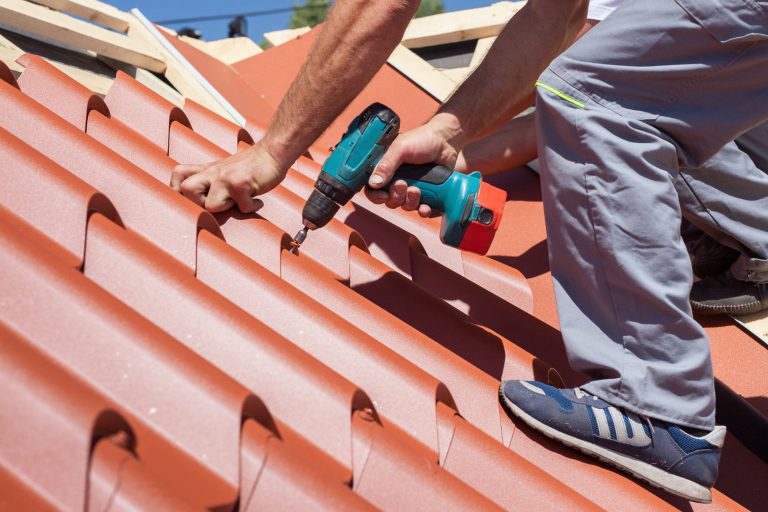What Are the Key Steps to Planning a Move?
A lot of things need to happen before and during your move to keep things running smoothly. Ensuring that your belongings, effectual paperwork, and family members are in good order can be daunting for less experienced movers.
Fortunately, it doesn’t have to be as hard as you think. By carefully planning your move with the help of a moving company, you can ease many worries.
Listed below are some key steps to take when planning a move.
Set a Timeline
For an organized and stress-free move, it’s important to make a thorough schedule. First, figure out when you want to move out and when you want to move in. Consider things like your lease, when you must move out, or when to start your new job.
Then, divide the time frame into specific steps that lead up to the move. Assign jobs to each interval and ensure you have enough time to finish them so you feel free. This timeline will help you stay on track and determine the most important jobs.
Create a Moving Checklist
Your moving checklist is your master plan for the entire relocation process. Begin by brainstorming all the tasks you can think of related to your move. Categorize them into sections such as pre-move, moving day, and post-move.
Expand each task into detailed subtasks, adding deadlines and any relevant notes. This comprehensive checklist will act as your roadmap, ensuring you take advantage of important steps and providing a sense of accomplishment as you check off completed tasks.
Declutter and Organize
Take advantage of the moving process to declutter and organize your belongings. Start early and work through one room at a time, sorting items into categories: keep, sell, donate, or discard. Ask yourself if you truly need each item and if it brings value to your life.
Consider selling or donating items in good condition but no longer serve you. Discard broken or unusable items responsibly. Not only does decluttering lighten your load for the move, but it also helps create a more organized and serene living space in your new home.
Hire a Moving Company or DIY
Decide whether to hire professional movers or handle the move yourself. If you hire movers, research different companies, request quotes, and read reviews to find a reputable and reliable one. Obtain written estimates and ensure they have proper insurance coverage.
If you opt for a DIY move, determine if you’ll need a rental truck, moving equipment, or packing assistance from friends and family. Consider factors such as the distance of the move, the size of your household, and your budget when making this decision. If you want assurance, we suggest you check this moving company here.
Gather Packing Supplies
Stock up on packing materials to ensure the process goes smoothly and quickly. Get a range of strong boxes in different sizes to fit different things. Think about using special boxes for fragile or oddly shaped items.
Buy packing tape, bubble wrap, paper, peanuts, and markers to ensure your boxes are safe and labeled correctly. Find local businesses, grocery stores, or internet marketplaces where you can get packing materials for free or at a discount. Having a lot of packing materials will help keep your things safe during the move and make it easier to unpack.
Start Packing
Start packing early to avoid a rush at the last minute. Start with things you will only need the day of the move, like seasonal clothes, decorations, and kitchenware you use sparingly. Pack one room at a time, clearly labeling each box with the room it goes to and what’s in it.
Make a plan for putting things together and ensuring that fragile things are well-wrapped and protected. Create a color-coded system or number each box to make it easier to unpack and put things where they belong in your new house.
Notify Important Parties
Notify relevant parties about your upcoming move to ensure a smooth transition. Start by informing your landlord or real estate agent about your move-out date and any necessary arrangements.
Contact your utility companies, including electricity, water, gas, internet, cable, and phone providers, to schedule disconnection at your current address and reconnection at your new home. Notify your bank, insurance providers, credit card companies, healthcare providers, and any other institutions about your change of address.
Arrange for Utilities and Services
Coordinate the disconnection of utilities at your current home and the connection of services at your new residence. Contact your electricity, water, gas, internet, cable, and phone providers well in advance to schedule the disconnection and reconnection dates.
Ensure that utilities are functional in your new home before you arrive to avoid any inconvenience. Consider any additional services you need, such as home security or waste management, and make the necessary arrangements.
Plan for Transportation
If you’re moving long-distance, make appropriate travel arrangements for yourself, your family, and your pets. If flying, book your flights well in advance and consider any necessary transportation from the airport to your new home. If driving, plan the route, estimate travel time, and make hotel reservations for overnight stops if needed.
If you have pets, research pet-friendly accommodations and arrange their transportation or boarding during the household move. Ensure you have all necessary travel documents, identification, and other essentials for a smooth journey.
Change Your Address
Notify the right people and places about your move to ensure everything goes smoothly. Start by telling the post office your new address so that they can temporarily send your mail to your new home. Tell your bank, credit card company, insurance company, and any other financial institutions you deal with that you have moved.
Change your address with the IRS, the Social Security Administration, and any licensing officials needing it. Tell your friends, family, and business partners about your new contact information so they can always reach you.
Let Planning a Move Be Your Soothing Balm
Once you have determined all the steps involved in planning a move, it’s time to get organized. Start by creating a checklist and budget to ensure you have everything you need and are sticking to your budget.
Follow these key steps, and you will have a successful move! Start planning now and make your move an easy one.
We hope these moving tips were useful to you. If you enjoyed it, be sure to check out our blog for more great articles.






